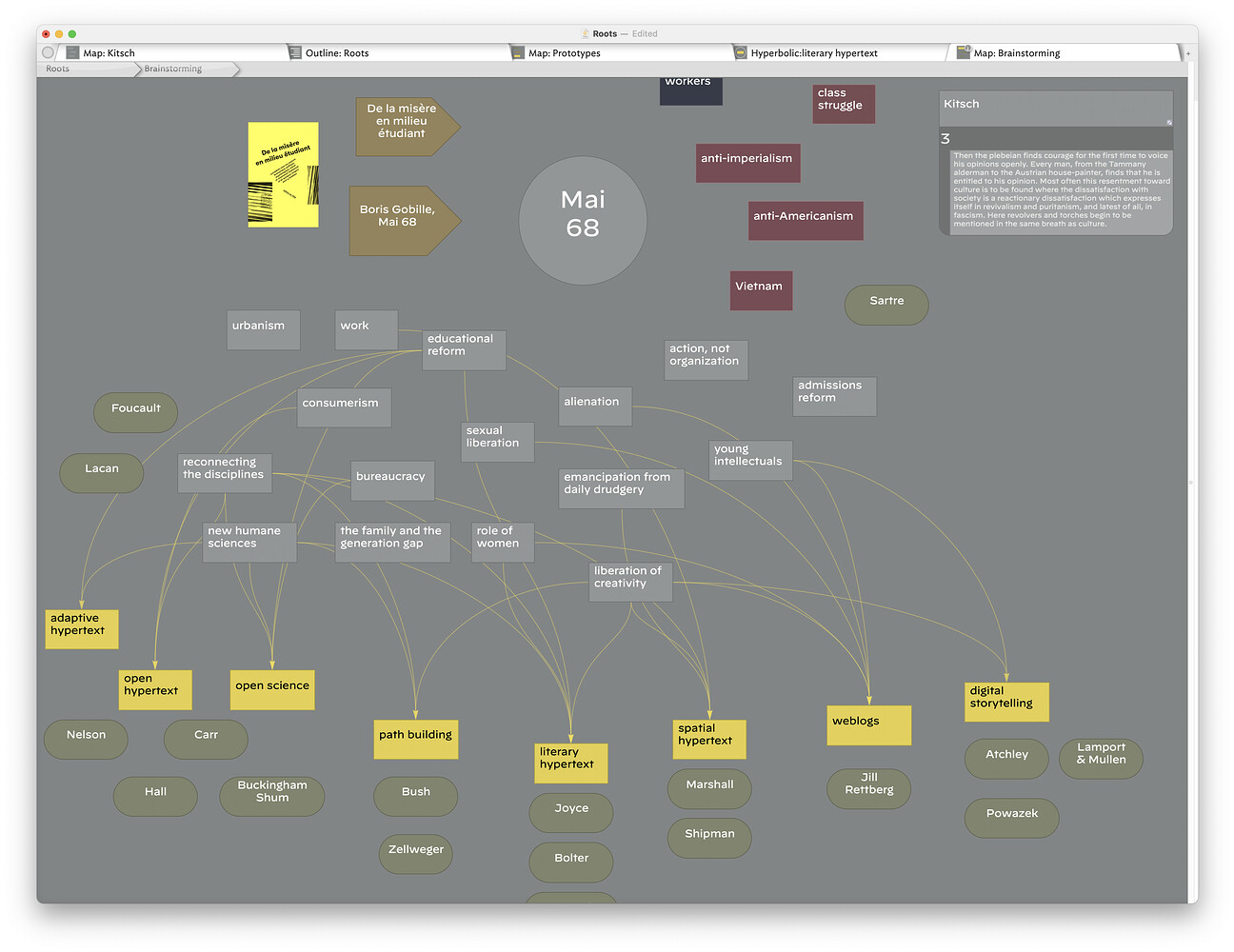

The Elder Scrolls series is a notable example, as is The Witcher trilogy of games or the output of Black Isle Games ( Planescape: Torment, Fallout) in the second half of the 1990s. There’s a long tradition of epic roleplaying games offering multiple, branching story paths to the player. There’s no denying that interactive fiction is popular in the western world, but mostly when it crosses the line and transforms into a game. Player choices influence Planescape: Torment’s narrative The original version of well-known adventure game Myst was created in HyperCard, 7 and is a good example of interactive, non-linear media. After its initial release, HyperCard was used for all kinds of purposes including prototyping, games and interactive fiction. The application offered a drag-and-drop interface allowing users to create interlinked, scriptable cards which could contain text, images and other media.

One of the more successful hypermedia authoring tools was HyperCard 6 released by Apple in 1987. The long-running Project Xanadu by Ted Nelson is another theoretical application from the 1960s 4 which was finally released in 2014 as OpenXanadu. 2 The concept of hypertext is actually older and broader in scope 3 and not confined to the web at all, though it’s arguably the most popular implementation. However, Iran has seen a series of mishaps and failed satellite launches over recent years.Nowadays, hypertext is commonly associated with the World Wide Web, as webpages are written in Hypertext Markup Language (HTML), coined by Tim Berners-Lee and others in 1991. fears could be used to advance its ballistic missile program. Iran has both a civilian and military space program, which the U.S. spy satellites are believed to have even-greater definition. Western civilian satellites offer around half-a-meter per pixel, while U.S. Tehran said the satellite will help improve productivity in the agriculture sector, survey water resources, manage natural disasters, confront deforestation and monitor border areas.Ĭiting Iran’s civilian space agency, state television said the satellite would provide high-resolution surveillance images with a one-meter-per-pixel definition. Iranian state television aired footage of the launch live, noting that the country’s telecommunications minister attended the liftoff in Kazakhstan. Yuri Borisov, head of Russia's state space corporation Roscosmos, hailed the launch as an “important landmark" in cooperation between Moscow and Tehran. If it operates successfully, the satellite would give Iran the ability to monitor its archenemy Israel and other countries in the Middle East.

Tehran said no other country will have access to information it gathers and it would be used for civilian purposes only, but there have been allegations that Russia may use it for surveillance of Ukraine amid its military action there. Iran has said the satellite fitted with high-resolution camera will be used for environmental monitoring and will remain fully under its control. It's named after Omar Khayyam, a Persian scientist who lived in the 11th and 12th centuries. Moscow time (0552 GMT) Tuesday from the Russia-leased Baikonur launch facility in Kazakhstan.Ībout nine minutes after the launch, it placed the Iranian satellite called Khayyam into orbit. The Soyuz rocket lifted off as scheduled at 8:52 a.m. MOSCOW - A Russian rocket on Tuesday successfully launched an Iranian satellite into orbit.


 0 kommentar(er)
0 kommentar(er)
